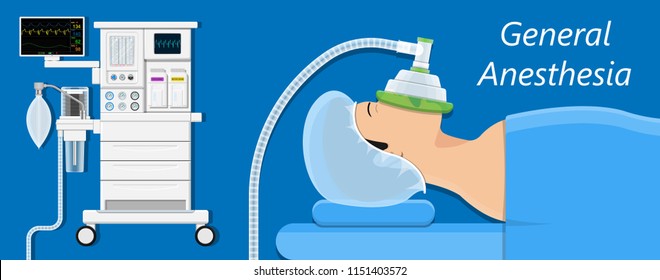
The endotracheal tube is prepared by placing the stylet inside, straightening the tube proximally, and creating a 35-degree angle proximal to the cuff. Cuffed endotracheal tubes have become increasingly preferred for the pediatric population in recent years. Bronchoscopy requires at least a 7.5 or 8.0 tube. For children, endotracheal tube size is selected using the equations: size = for uncuffed tubes and size = for cuffed tubes. Variations in size depend on patients’ height and whether they will require bronchoscopy. Traditionally, an endotracheal tube size of 7.0 is used for women, while an 8.0 is used for men. In morbidly obese patients, rolls may be utilized to elevate the head until the external auditory meatus aligns with the sternal notch. This position is achieved by elevating the patient’s head, extending the head at the neck, and aligning the ears horizontally with the sternal notch. The “sniffing position” has traditionally been considered the optimal position for direct laryngoscopy as it aligns the oral, pharyngeal, and laryngeal axes. Once the external evaluation of the patient is complete, the head position should be optimized to get the best possible view of the vocal cords. “Neck” mobility and any restriction of it can contribute to difficulty passing the endotracheal tube. “Obstruction” or obesity may restrict visualization of the vocal cords. “Mallampati” class greater than or equal to 3 is predictive of difficult intubation. Less than three fingers between the incisors, three fingers between the hyoid bone and the mental protuberance, and two fingers between the hyoid bone and the thyroid cartilage (Adam’s Apple) may be representative of a difficult airway. One commonly used mnemonic to evaluate the airway is “LEMON.” “Look” externally for signs of trauma, facial hair, neck masses, large tongue, or dentures. Patients with restricted cervical motion, obesity, and facial or neck trauma may present as difficult airways, and providers should anticipate alternative modes of intubation in these situations.


Evaluation of the external anatomy may be predictive of a difficult airway. Time permitting, the first step in preparation is to perform an airway evaluation, which includes a history of intubation and difficult intubations. Children also have a shorter trachea, which makes right mainstem bronchus intubation more likely. These features contribute to the more acute angle between the epiglottis and glottis of children, which makes vocal cord visualization more difficult when using a laryngoscope. The child’s larynx is also more cephalad and anterior compared to adults. The larger tongue in children more easily obstructs the airway. Applying a shoulder roll to extend the head can overcome neck flexion. Compared to an adult, a child’s head is proportionally larger, leading to a flexed position of the neck when supine. These anatomic landmarks can also be identified in a child with some special considerations. This ligament helps lift the epiglottis anteriorly during intubation to expose the vocal cords. The hyoepiglottic ligament attaches the hyoid bone to the larynx, and it inserts at the base of the vallecula. The cricoid cartilage is ring-shaped and sits inferior to the cricothyroid membrane, which is the landmark for emergent cricothyrotomy. Identification of the cricoid cartilage and manipulation of the airway often facilitates vocal cord visualization during intubation. These vagal fibers contribute to circulatory changes with direct laryngoscopy. Superior to the vocal cords, the larynx is innervated by the superior laryngeal branch of the vagus nerve, which provides afferent innervation at the base of the tongue and vallecula. The obtuse angle between the trachea and the right mainstem bronchus makes it more prone to right mainstem intubation if the endotracheal tube is advanced too distally. The angle between the trachea and the left mainstem bronchus is more acute, making foreign object dislodgement into the left mainstem less likely.

At the fifth thoracic spine, the trachea bifurcates into the right and left mainstem bronchi. These features are important clinical markers that differentiate the trachea from the esophagus and allow for the utilization of a bougie for intubation. Adult tracheal diameters vary between 15 mm and 20 mm. The trachea is soft and membranous posteriorly with cartilaginous rings anteriorly.

The trigeminal nerve provides sensory innervation to the mucous membranes of the nasopharynx, while the facial nerve and glossopharyngeal nerve innervate the oropharynx. These structures humidify and warm the air and derive their blood supply from the external and internal carotid arteries. The upper airway consists of the oral cavity and pharynx, including the nasopharynx, oropharynx, hypopharynx, and larynx.


 0 kommentar(er)
0 kommentar(er)
